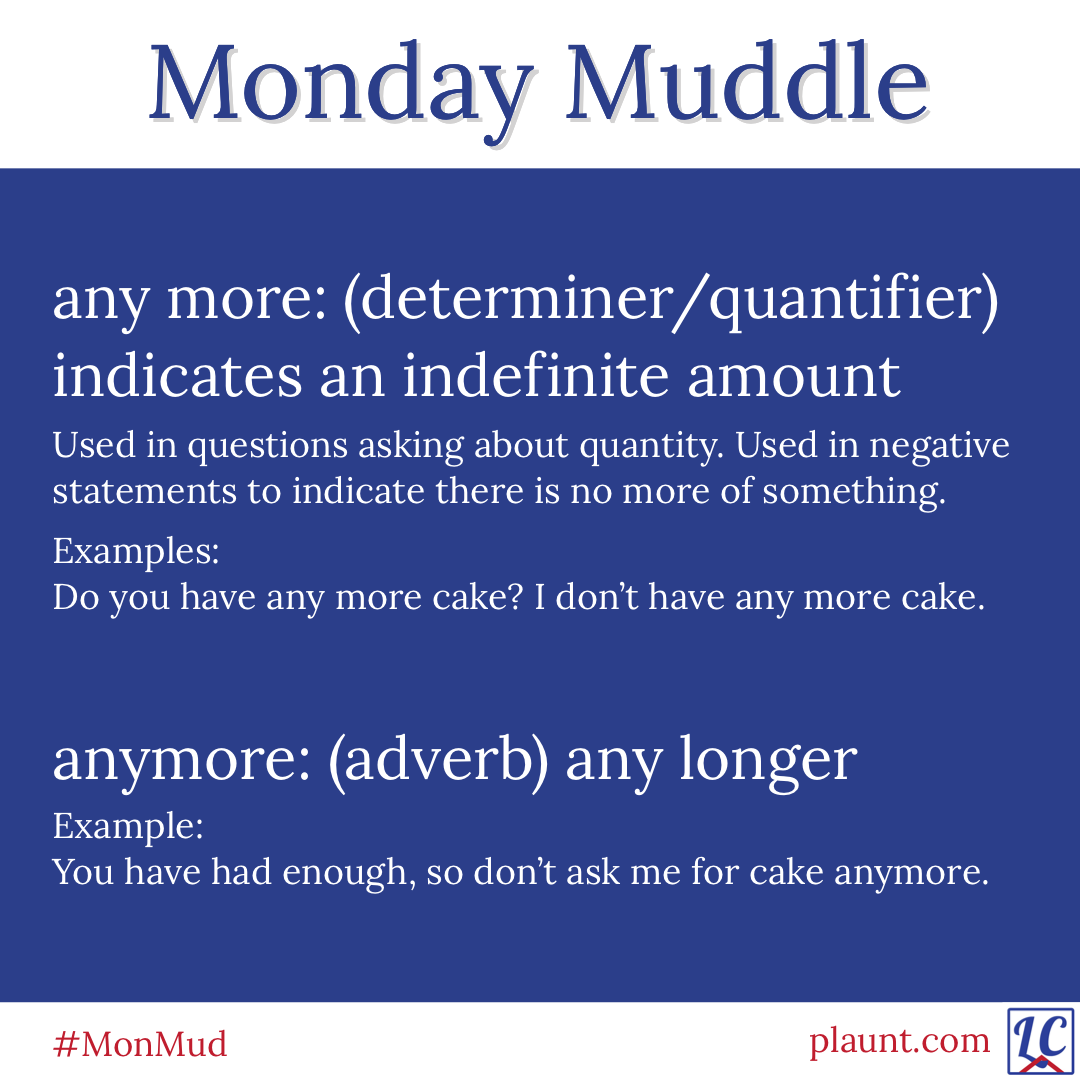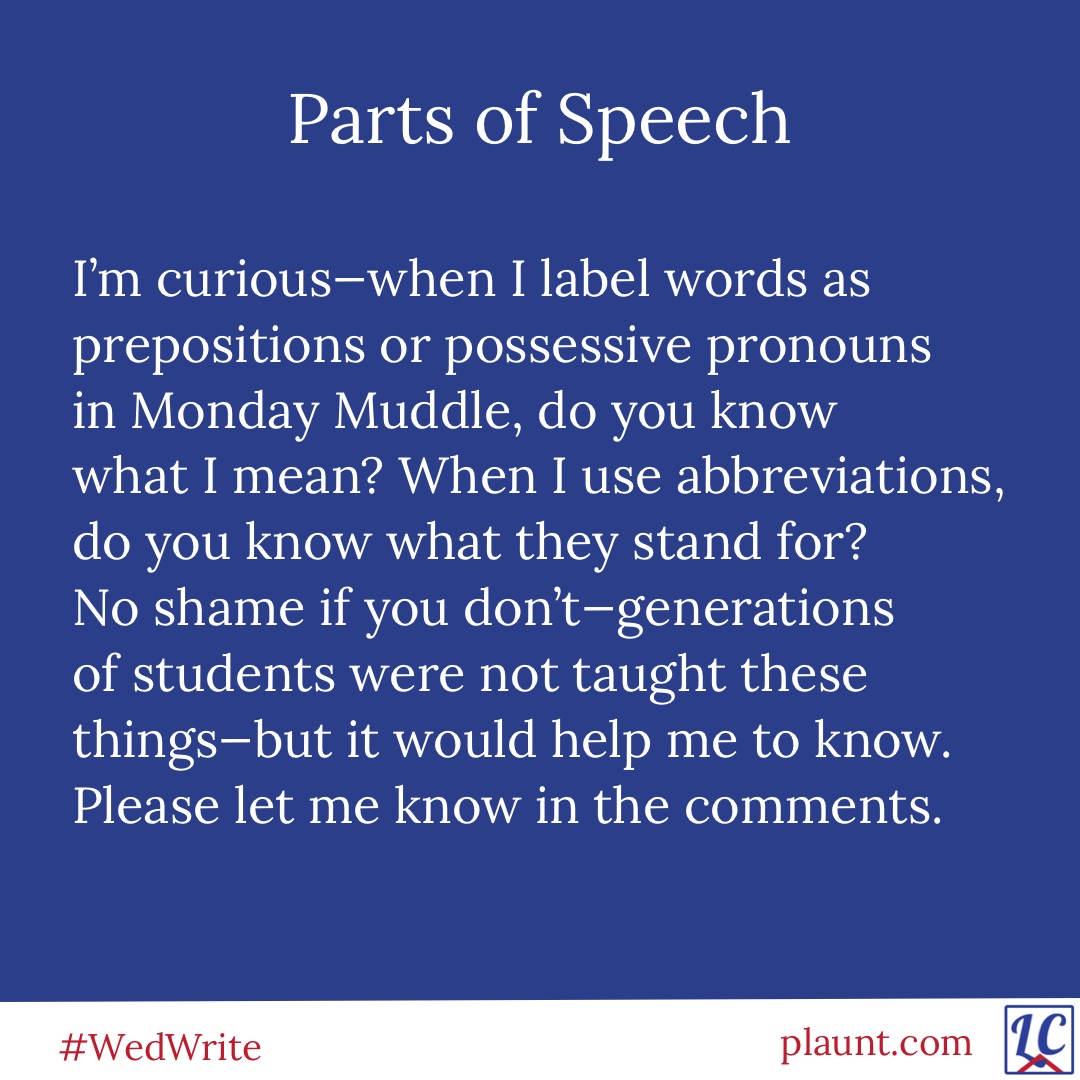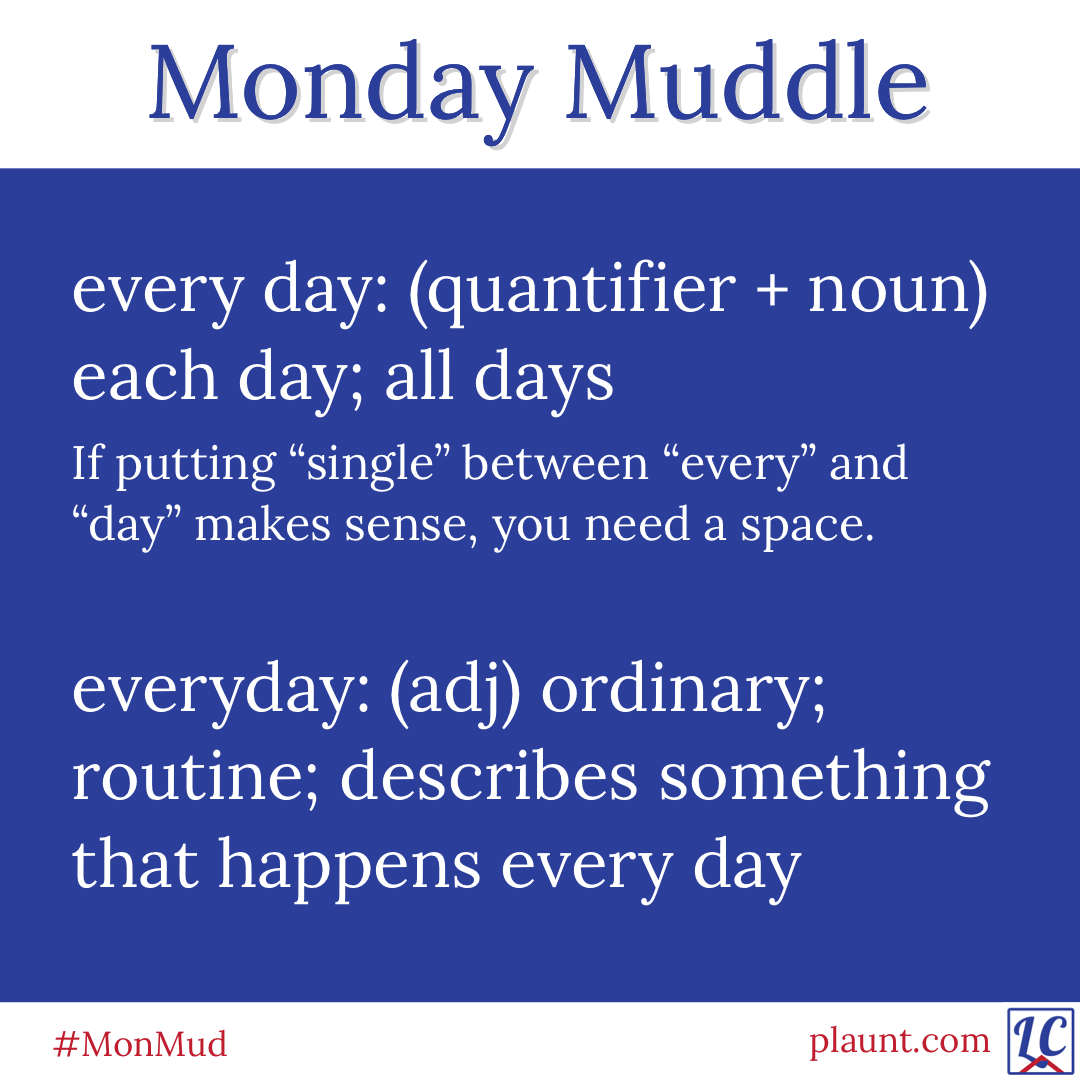Whether it be books in your genre, or on the subject of your expertise, or blogs on craft or marketing, reading is an important part of writing. What are some of the resources that you think would be valuable for other authors to read?

Whether it be books in your genre, or on the subject of your expertise, or blogs on craft or marketing, reading is an important part of writing. What are some of the resources that you think would be valuable for other authors to read?

Write a story with only two sentences. Use the photo for inspiration if you wish.
Photo by Jordan Whitt on Unsplash.

If you say “We are invisible!” when you mean “We are invincible!” your audience will be confused. Or laugh at you. Or both.


Write a story with only two sentences. Use the photo for inspiration if you wish.
Photo by Pietro De Grandi on Unsplash.


It’s always nice to be correct, but sometimes it is important to avoid confusion and unwanted consequences. “I can’t love you anymore” does not mean the same thing as “I can’t love you any more”. (If you are saying that verbally rather than in writing, you might want to use different words to express your feelings.)
Remember that “any more” as two words relates to quantity, and “anymore” as one word relates to time.
“Any more” (as two words) is used in the same way in negative statements as “some more” (also two words, but seldom confused as one) is used in positive statements. Example: I want some more cake.
“Any more” always comes before a noun, although sometimes the noun is understood without being stated. Example: Would you like more cake? Yes, but I don’t need any more. It is understood from the question that what you don’t need any more of is cake.
“Anymore” always relates to a verb, indicating there is something that you don’t do any longer. Example: I’m on a diet, so I don’t eat cake anymore.
If you can substitute the words any longer, without changing the meaning, use one word. If you still aren’t sure which to use, use two words, because some people (primarily British) still accept the two-word version as correct for both meanings.

Your feedback would be helpful for me. Let me know if you have any questions.

Write a story with only two sentences. Use the photo for inspiration if you wish.
Photo by Yogendra Singh on Unsplash.

Those who have been following me for a while might recognize this muddle. I’ve shared it before, but I thought it would be worth sharing again since I see this mistake so often. You might say that it’s an everyday occurrence.
